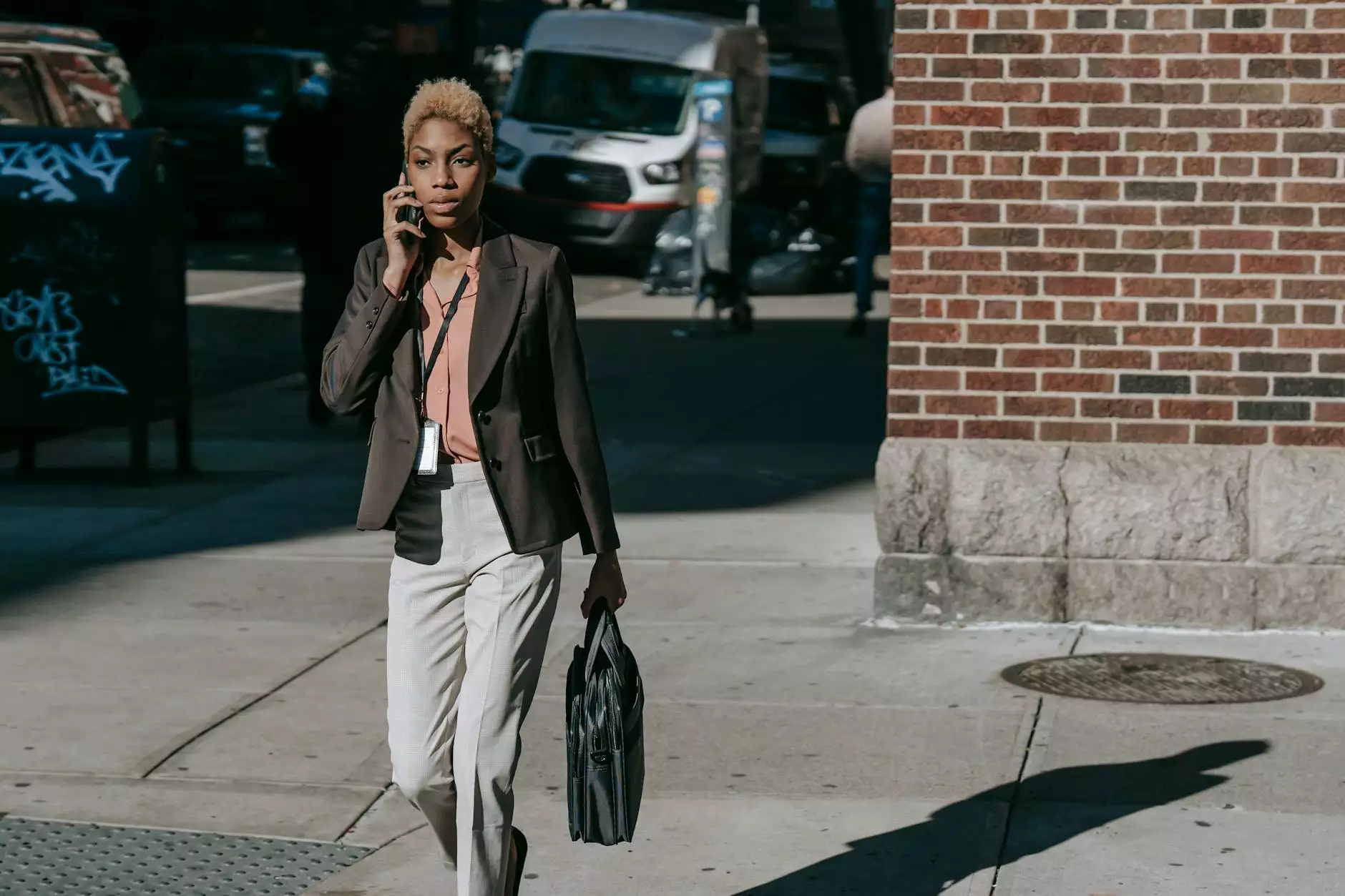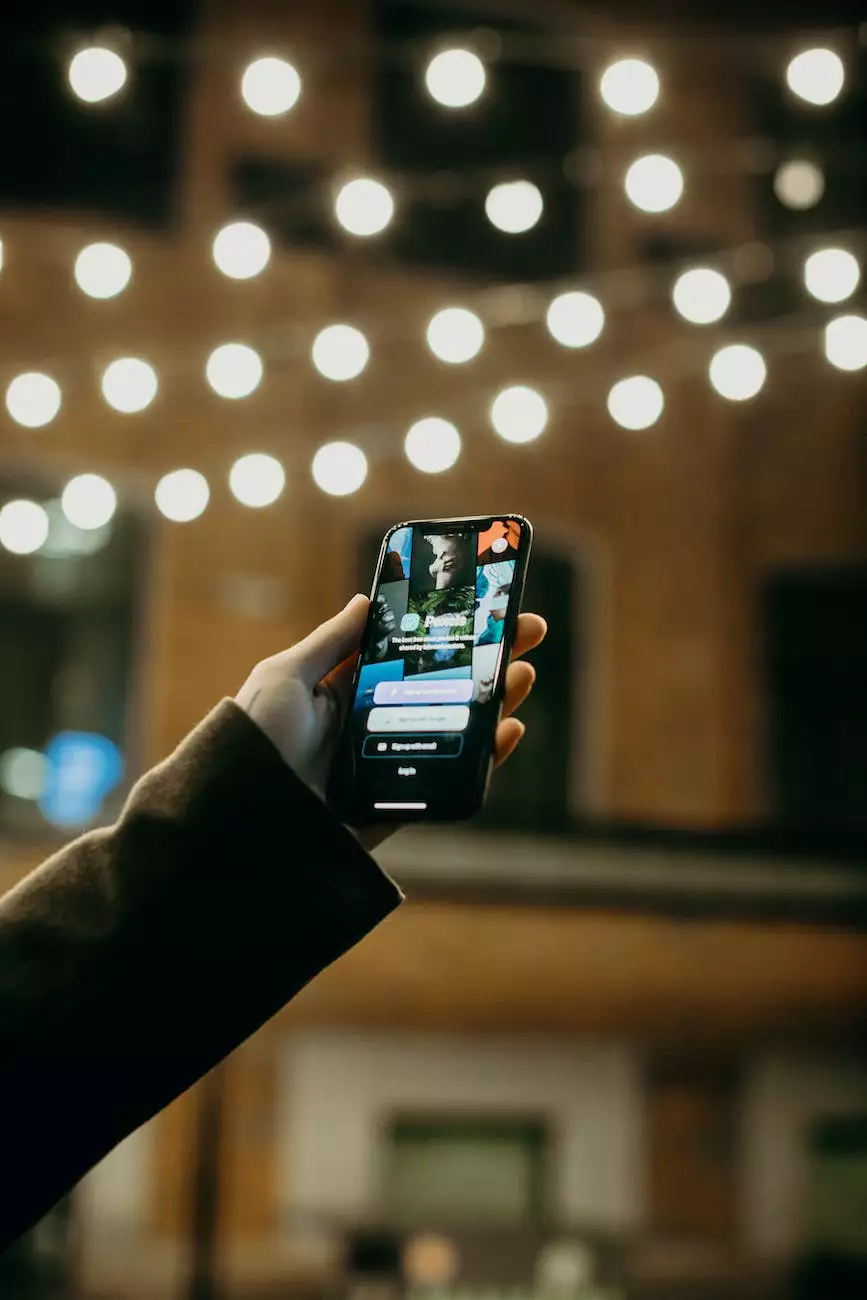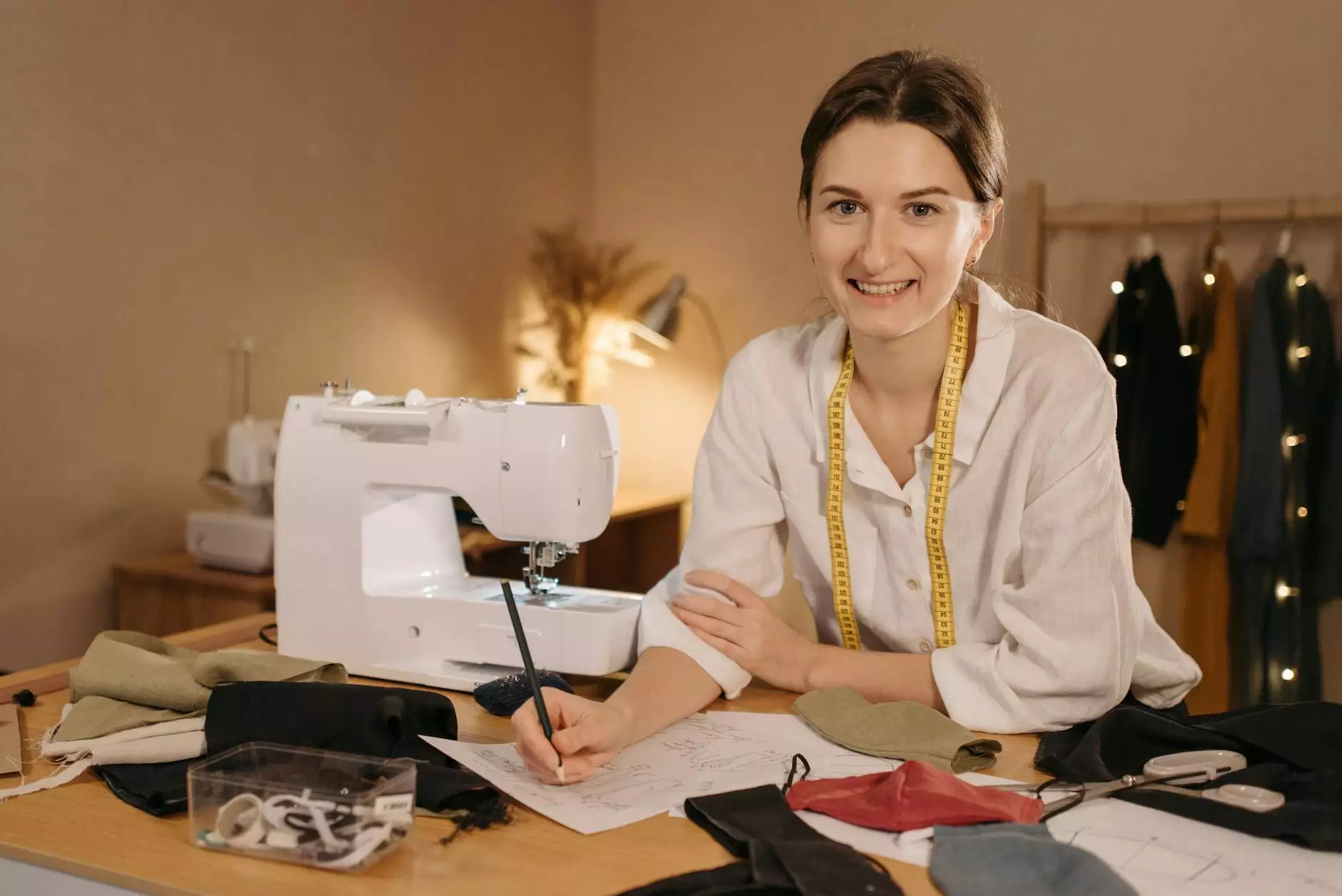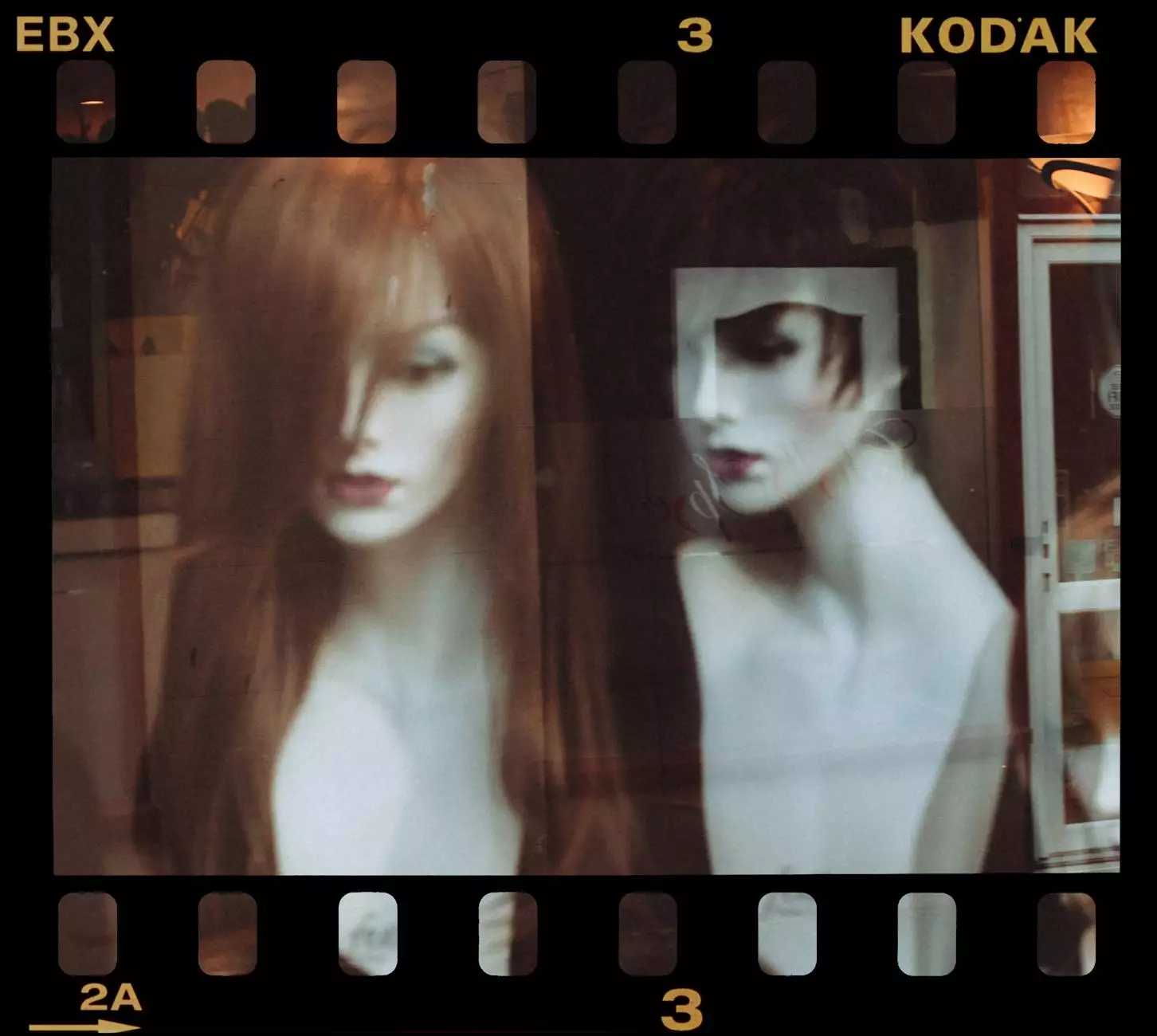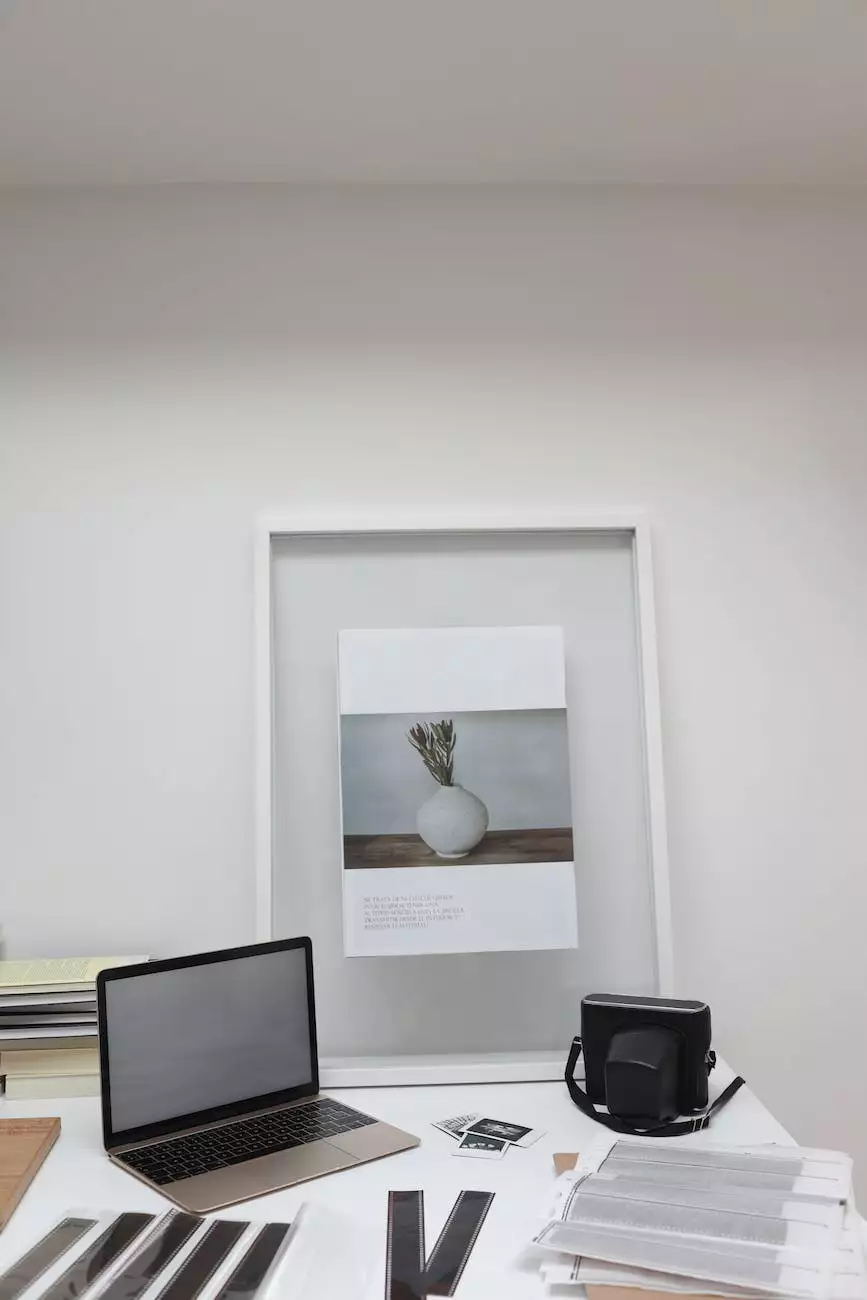The History of Photography and Videography
Resources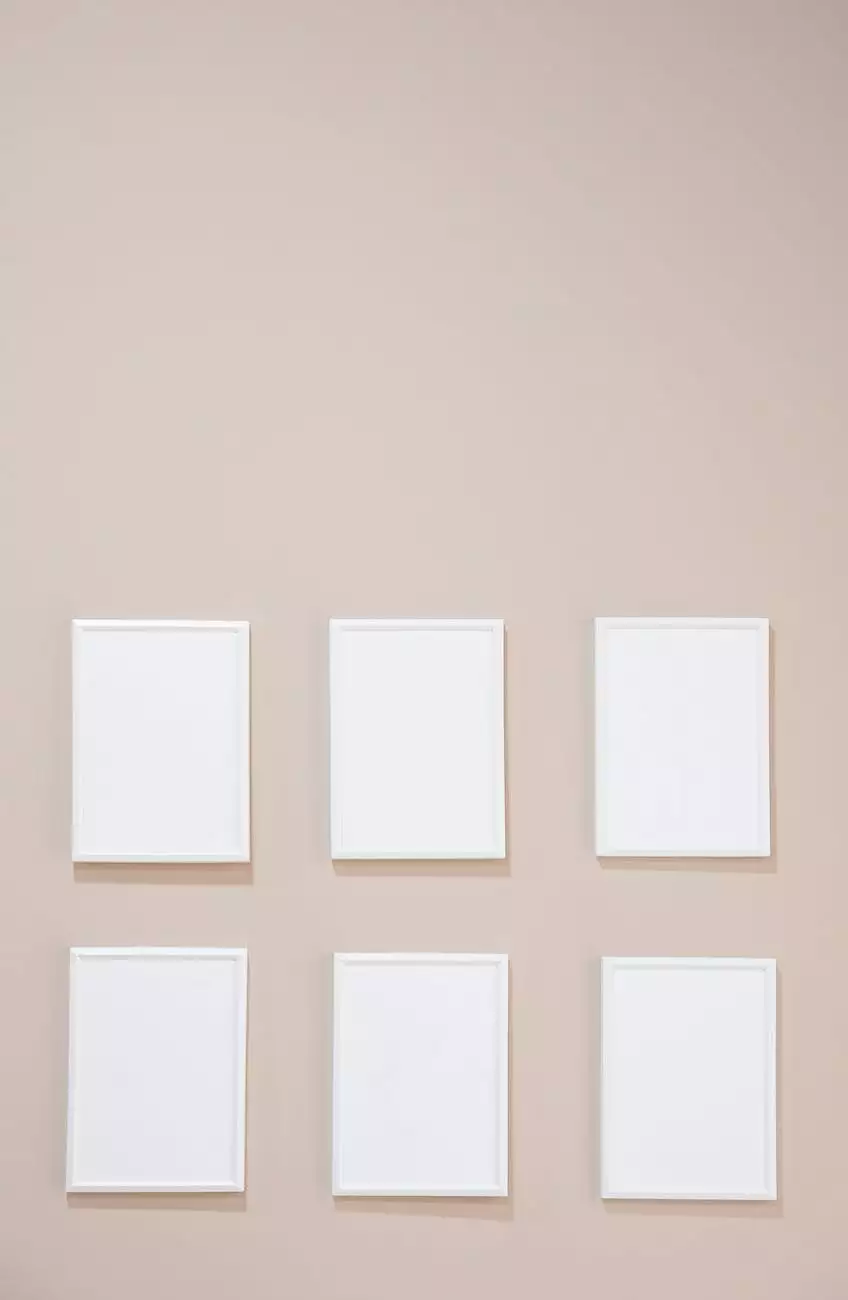
Discover the captivating journey of photography and videography through time, as Megan Berg Designs navigates you through the captivating origins, evolution, and transformative impact of these powerful art forms. Our in-depth exploration will shed light on the technical advancements, societal influence, and artistic innovation that have shaped the world of visual arts as we know it today.
The Origins of Photography
The birth of photography can be traced back to the early 19th century, when pioneers like Joseph Nicephore Niepce and Louis Daguerre experimented with chemical processes to capture and preserve images. Niepce's heliography, the first successful photographic process, laid the foundation for the medium's future development.
In 1839, Louis Daguerre invented the daguerreotype, a photographic process that produced highly detailed images on copper plates. This breakthrough sparked widespread interest and enthusiasm for the art form, establishing photography as a viable means of documentation and artistic expression.
The Evolution of Cameras
As the demand for photography grew, inventors and engineers tirelessly worked to improve the quality, convenience, and accessibility of cameras. Significant advancements such as the introduction of roll film by George Eastman in 1884 revolutionized the industry, allowing for the creation of portable and handheld cameras like the iconic Kodak Brownie.
In the 20th century, technological leaps propelled photography into the modern era. Compact 35mm cameras, like the Leica I, enabled photographers to capture moments with unprecedented ease and speed. Soon after, the advent of autofocus, built-in light meters, and motor drives further expanded the possibilities and functionality of cameras.
The Pioneers of Videography
Simultaneously with the development of photography, the history of videography unfolded. In the late 19th century, inventors such as Thomas Edison and the Lumière brothers paved the way for moving images with their respective inventions, the kinetoscope and the cinematograph. These early devices marked the beginning of motion pictures, captivating audiences with their magical ability to bring static scenes to life.
The Golden Age of Cinema
The early 20th century witnessed the emergence of the silent film era, a time marked by incredible creativity and pioneering techniques. Filmmakers like Sergei Eisenstein, D.W. Griffith, and Fritz Lang pushed the boundaries of storytelling and visual aesthetics, crafting masterpieces that continue to inspire artists to this day.
The introduction of synchronized sound in 1927 with "The Jazz Singer" revolutionized the film industry and gave birth to the era of "talkies." This breakthrough sparked a rapid evolution in the art of filmmaking, as soundscapes and dialogue became integral parts of the cinematic experience.
The Rise of Color and Special Effects
In the 1930s, the introduction of Technicolor revolutionized the visual aspect of cinema, allowing filmmakers to create vibrant, colorful worlds on the screen. This innovation opened up new possibilities for visual storytelling and added a new layer of immersion for audiences.
As technology continued to advance, so did the realm of visual effects. From the groundbreaking techniques used in "2001: A Space Odyssey" to the mesmerizing world-building in "Avatar," the film industry constantly pushes the boundaries of what is visually possible.
The Impact on Society and Art
Photography and videography have influenced society and art in a myriad of ways, leaving an indelible mark on our collective memory. Historical events have been chronicled and preserved, allowing future generations to learn about the past through vivid images and moving footage.
Artists, both traditional and contemporary, have embraced photography and videography as mediums for self-expression and experimentation. From the conceptual works of Cindy Sherman to the thought-provoking installations by Bill Viola, these art forms have become vital tools for artists to convey their messages and challenge societal norms.
From Analog to Digital
The advent of digital photography and videography in recent decades has ushered in a new era of creativity and accessibility. The ease of capturing, editing, and sharing visual content has democratized the medium, enabling anyone with a smartphone or a digital camera to become a visual storyteller.
Furthermore, the rise of social media platforms and online galleries has provided a global stage for artists and enthusiasts to showcase their work and connect with a wider audience. This interconnectedness has fostered a vibrant and diverse community of creatives, propelling the art forms to new heights.
Conclusion
Megan Berg Designs invites you to delve into the rich history of photography and videography, to explore the technological innovations, artistic breakthroughs, and societal impact that have shaped these art forms. Gain a deeper understanding of the evolution and transformation of visual arts and design throughout the ages, and witness the powerful influence they continue to hold in our modern world.

